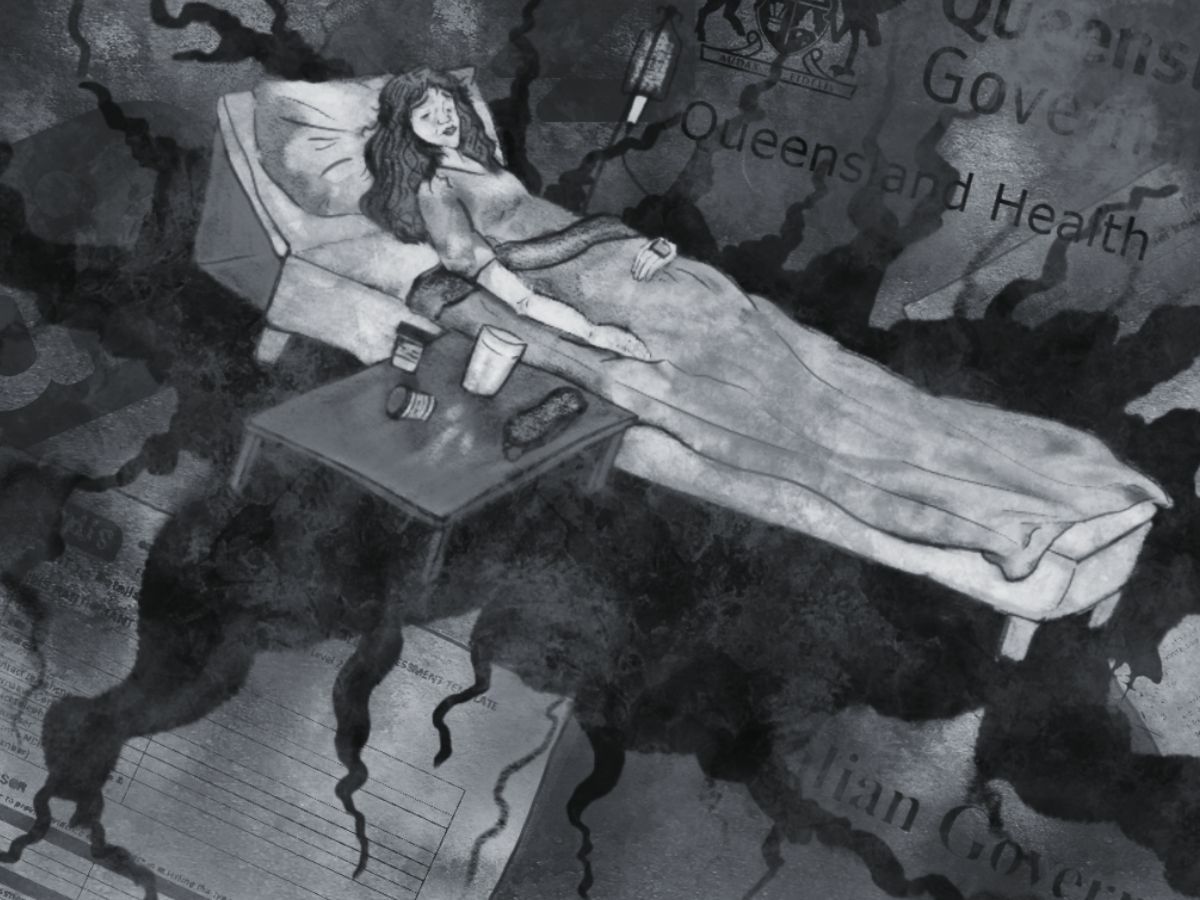In case it was missed in the post above, this is my updated article:
https://www.thecanary.co/global/world-analysis/2025/04/01/anna-severe-me-cfs/
My doctor predicts I will die if I don’t leave soon.
I need a solid, safe, home I can go to and recover to at least a stable baseline. It’s not full recovery, but it’s better than a slow death.
Help please
#PwME #LongCovid #MECFS #Hypothyroidism #ChronicIllness #Neisvoid #Abuse #Housing #Dysautonomia #SocialWork #MedMastodon #PWLC #MutualAid
#HumanRights #Press #Housing #Journalism #MECFS #SevereME #Abuse #Neglect #MutualAid #Narcissist #Psychopath #MCAS #MCAD #Endometriosis #ChronicPain #CostOfLivingCrisis #Melbourne #Australia #DomesticAbuse #DV
@chronicillness @longcovid @neisvoid
@disabilityjustice
@disability @socialwork
@dysautonomia @mutualaid
@mecfs
@chronicpain
@mcas
@australia
@melbourne




 太田啓子 (@keiko-ota-551.bsky.social)
太田啓子 (@keiko-ota-551.bsky.social)